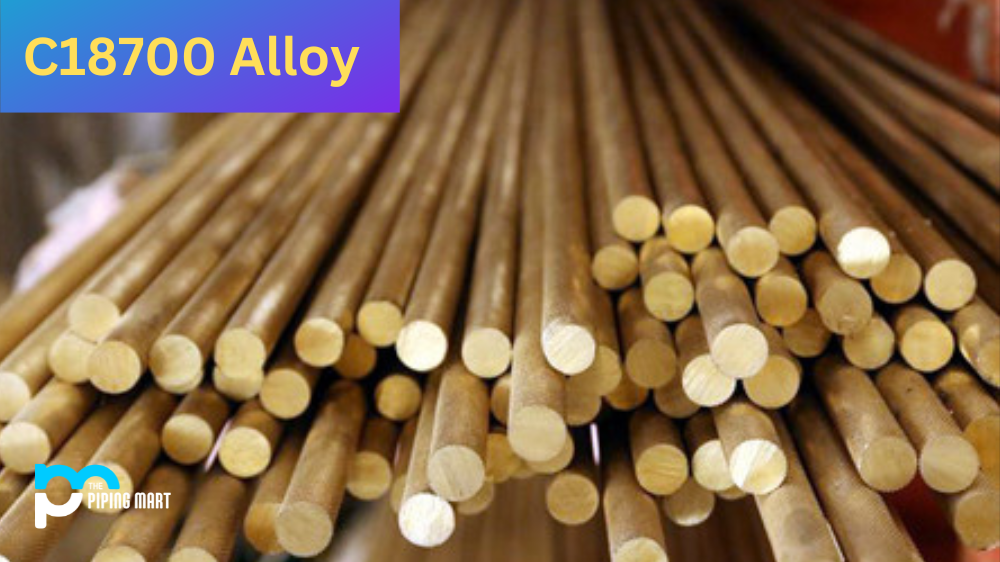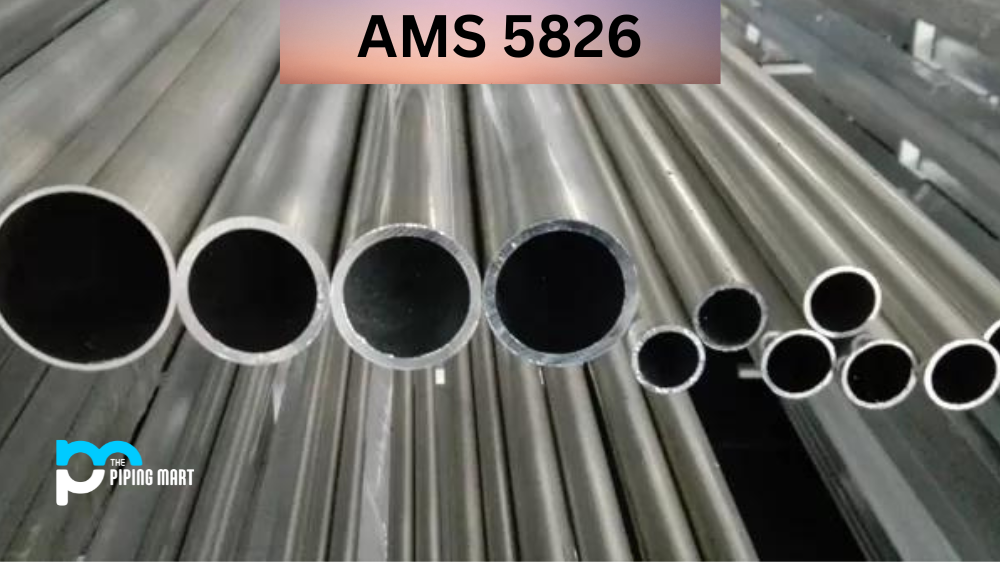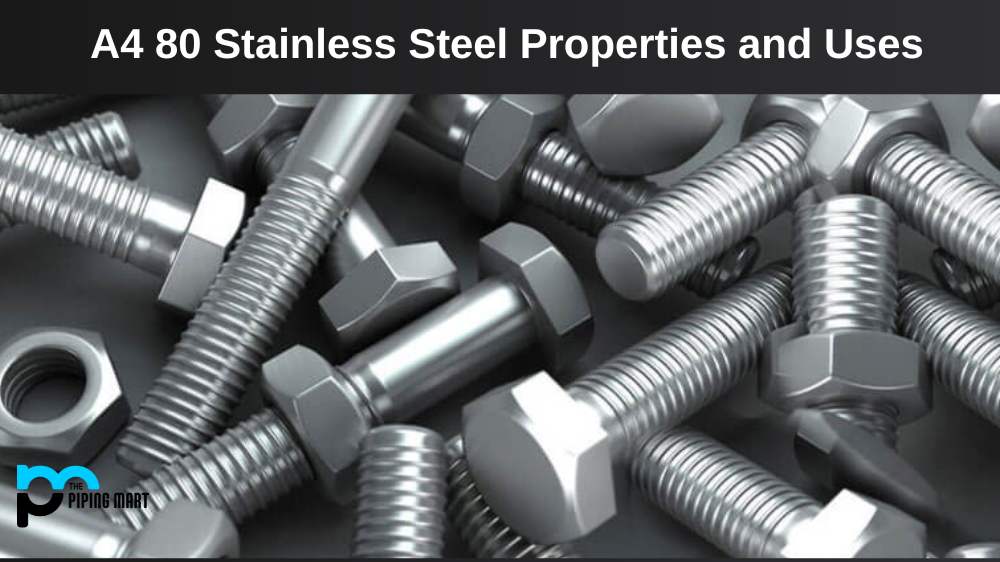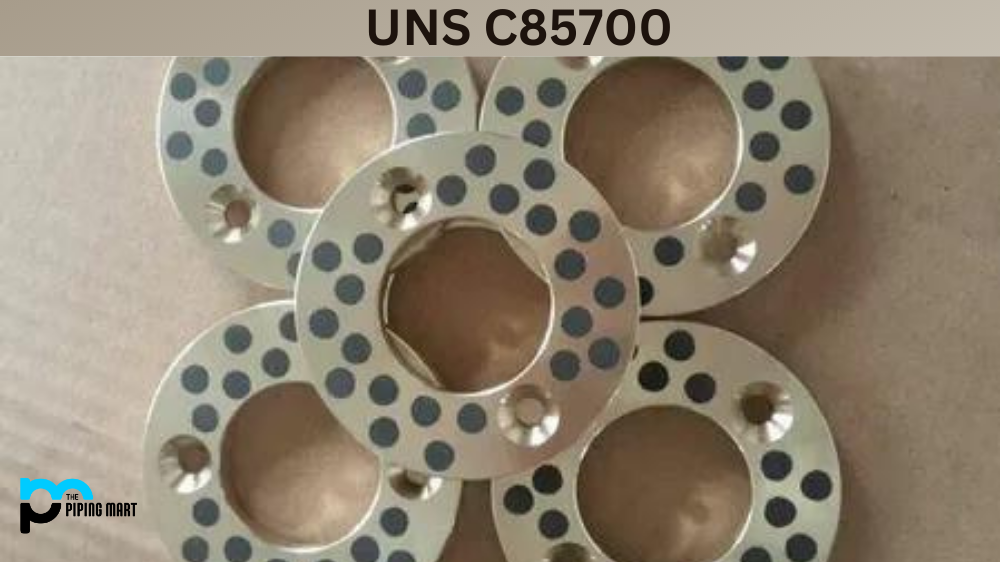C18700 alloy is a copper-nickel silicon alloy that is highly resistant to corrosion. Its unique composition makes it an ideal material for high-stress applications such as marine and aerospace industries. This blog post will provide an in-depth understanding of this alloy. From its composition to its mechanical and physical properties, we will explore all aspects of c18700 alloy. So, whether you are a metallurgist or an engineer working on a project that requires high-strength materials, this blog post is designed to give you an insightful review of c18700 alloy.
C18700 Composition
c18700 alloy contains 80% copper, 11% nickel, and 9% silicon. This composition gives it unique characteristics such as high corrosion resistance, excellent thermal conductivity, and superior strength. Adding nickel and silicon enhances its strength and corrosion resistance, while copper provides the necessary conductivity. This alloy is best known for its ability to withstand high-stress corrosion cracking, making it a premium choice for applications in seawater environments.
| Element | Content (%) |
|---|---|
| Cu, Copper | 99.0 |
| Pb, Lead | 1.0 |
C18700 Mechanical Properties
The mechanical properties of c18700 alloy make it an ideal choice for high-stress applications. It has a tensile strength of 690 Mpa and a yield strength of 310 Mpa. Its elongation and hardness are 20% and 145 HB, respectively. These properties make it possible to use this alloy for manufacturing parts like propellers and condenser tubes.
| Properties | Metric | Imperial |
|---|---|---|
| Hardness, Rockwell B (50.8 – 76.2 mm/2.00 – 3.00 in) | 65 | 65 |
| Hardness, Rockwell B (25.4 – 50.8 mm/1.00 – 2.00 in) | 70 | 70 |
| Hardness, Rockwell B (25.4 mm/1.00 in, heat treated) | 75.0 | 75.0 |
| Tensile strength at break (any thickness) | 379 MPa | 55000 psi |
| Yield strength (0.500%, any thickness) | 379 MPa | 55000 psi |
| Modulus of elasticity | 117 GPa | 17000 ksi |
| Poisson’s ratio | 0.181 | 0.181 |
| Shear modulus | 49.6 GPa | 7200 ksi |
C18700 Alloy Physical Properties
c18700 alloy has excellent physical properties, including high thermal conductivity and low thermal expansion. Its thermal conductivity is 195 W/mK, higher than most copper alloys, making it an ideal choice for heat exchangers and sinks. It also has a low coefficient of thermal expansion of 16.4 ppm/°C, allowing it to maintain its shape in high temperatures.
| Properties | Metric | Imperial |
|---|---|---|
| Density | 8.89 g/cm3 | 0.321 lb/in3 |
| Melting point | 953°C | 1747°F |
C18700 Thermal Properties
| Properties | Metric | Imperial |
|---|---|---|
| Thermal expansion coefficient (20.0 – 300°C/ 68.0 – 572°F) | 17.6 µm/m°C | 9.78 µin/in°F |
| Thermal conductivity (@20.0°C/ 68.0°F) | 377 W/mK | 2620 BTU in/hr.ft.°F |
C18700 Equivalents
- ASTM B301
- SAE J461
- SAE J463
C18700 Uses
c18700 alloy is used in various industries where corrosion resistance and strength are paramount. Its primary application is in the marine industry for manufacturing parts like propellers, heat exchangers, and seawater condensers. It is also used in the aerospace industry for making structural parts like landing gear, wing structures, and hydraulic systems. Additionally, this alloy is used in the chemical industry for making equipment like pumps, valves, and distillation columns.
C18700 Corrosion Resistance
c18700 alloy has superior corrosion resistance properties, making it ideal for seawater environments. It is highly resistant to stress corrosion cracking, pitting, and crevice corrosion. This corrosion resistance is due to its high nickel content, strengthening the protective oxide layer on its surface.
C18700 Heat Treatment
c18700 alloy can be heat treated to improve its mechanical properties. It can be annealed, which softens the alloy for easy machining, followed by quenching and tempering to achieve the desired strength. However, this alloy requires a specific heating and cooling process to avoid porosity and cracking.
C18700 Alloy Machining
c18700 alloy is relatively easy to machine due to its copper content. However, nickel and silicon in the alloy might cause tool wear and galling. Using tools coated with carbides or high-speed steel is recommended to reduce tool wear. Additionally, the material should be monitored during machining to avoid cutting or milling through adverse areas that might lead to stress corrosion cracking.
C18700 Alloy Welding
c18700 alloy can be welded using different techniques, such as gas tungsten arc welding (GTAW), gas metal arc welding (GMAW), and resistance welding. However, using these techniques might cause cracking and porosity due to the high nickel content in the alloy. Proper preheat, filler, and post-weld heat treatments are necessary to avoid these challenges.
Conclusion
c18700 alloy is an excellent material for high-stress applications that require superior strength and corrosion resistance. Its unique copper, nickel, and silicon composition enhances its mechanical and physical properties, making it a popular choice in various industries. Understanding the properties and applications of this alloy is crucial in selecting the suitable material for your project. So, whether you are an engineer, manufacturer, or DIY enthusiast, this blog post provides an insightful review of c18700 alloy.

Abhishek is a seasoned blogger and industry expert, sharing his insights and knowledge on various topics. With his research, Abhishek offers valuable insights and tips for professionals and enthusiasts. Follow him for expert advice on the latest trends and developments in the metal industry.




